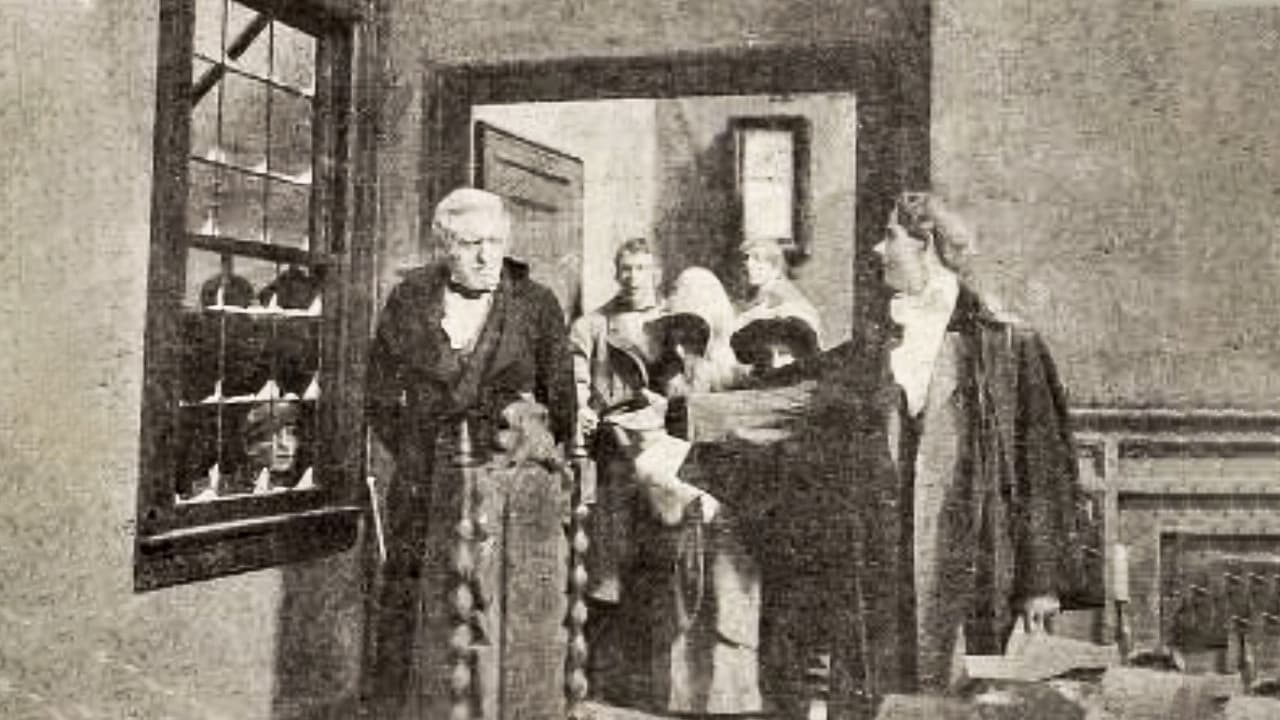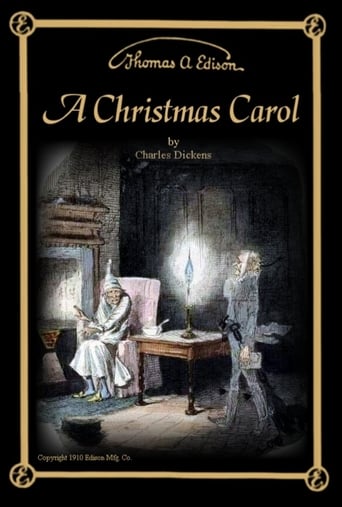

the audience applauded
... View MoreThe story, direction, characters, and writing/dialogue is akin to taking a tranquilizer shot to the neck, but everything else was so well done.
... View MoreIt's the kind of movie you'll want to see a second time with someone who hasn't seen it yet, to remember what it was like to watch it for the first time.
... View MoreThrough painfully honest and emotional moments, the movie becomes irresistibly relatable
... View MoreIn just a few minutes, the Edison Company presents us with an admirable little version of the Dickens classic. The sets are quite good. The actors emote very well. It's all here: the ghosts, Cratchitt, Marley's ghost, and so on. Scrooge looks the part. Except for the text boxes, everything must be done with the faces of the characters. Scrooge's epiphany is well conceived and believable. Not a bad beginning.
... View MoreThe oldest surviving version of "A Christmas Carol" is a short movie from 1901 in which Marley shows Scrooge the past, present and future. The next one is this 1910 version which includes the ghosts of the respective times. As a short movie, it has to condense the story. They manage to do this, although it's weird to see the whole plot run by in just a few minutes. I understand that a number of short movies in the early 20th century were based on famous novels to limit the need for intertitles. Since I've seen feature films based on Charles Dickens's famous novel this one seems a little bit low quality. My favorite adaptation is "Scrooged" (which contains lines like "You are a hallucination brought along by alcohol! Russian vodka poisoned by Chernobyl!"). Nonetheless, it's impressive what they accomplished with their limited resources.
... View MoreChristmas Carol, A (1910) *** 1/2 (out of 4) Early version of the classic Dickens' story has Marc McDermott playing the miser Scrooge who gets a visit from three ghosts who will try and make him change his ways. Even though this film only lasts ten-minutes it packs in all the important details of the story and turns out to be a pretty good movie. For 1910, the special effects are pretty good with the ghost "visions" coming across quite well. McDermott does a very good job in his role even though he can never really dive into it due to the film not really lasting long enough to get to the more adult or scary parts of the story. Charles Ogle plays Bob Cratchit, which was fun seeing as the same year he'd also play the monster in Frankenstein.
... View MoreFor 1910, this is a good version of the classic Charles Dickens' story. Many of the scenes look quite familiar from the many more recent versions, and most viewers today will have no trouble filling in unexplained details and the like. It covers a lot of ground in only one reel of film, but even then it leaves out some very familiar details, so it really just tries to get across the main point of the story.Marc McDermott, one of the Edison Studio's best actors, plays Scrooge. He does a good job, although the techniques of the era limit him somewhat, since the story relies on an effective Scrooge to make an impact. The story moves quite quickly, which again is simply a reflection of the time. Quite a few one-reel features of the era squeezed in enough material to fill two or three times their running time.The story is so well-known and so worthwhile that almost any version of "A Christmas Carol" is worth seeing. This one is a good movie adaptation for its era, and it would have been hard to improve upon it significantly given the techniques and resources available at the time.
... View More